Price: $34.99 - $19.29
(as of Oct 31, 2024 08:50:30 UTC – Details)

Make: Electronics explores the properties and applications of discrete components that are the fundamental building blocks of circuit design. Understanding resistors, capacitors, transistors, inductors, diodes, and integrated circuit chips is essential even when using microcontrollers. Make: Electronics teaches the fundamentals and also provides advice on the tools and supplies that are necessary. Component kits are available, specifically developed for the third edition.
From the brand


Explore more from Make


Make:
Elevating makers, nurturing a global cultural movement, and celebrating creativity, innovation & curiosity.
Publisher : Make Community, LLC; 3rd edition (October 26, 2021)
Language : English
Paperback : 325 pages
ISBN-10 : 1680456873
ISBN-13 : 978-1680456875
Reading age : 9 – 17 years
Item Weight : 1.39 pounds
Dimensions : 8 x 0.68 x 9.75 inches
Customers say
Customers find the book easy to understand and follow along with. They also say it’s informative, helpful, and a great starting point for hobbyists. Readers mention the lessons are clear and well-taught.
AI-generated from the text of customer reviews



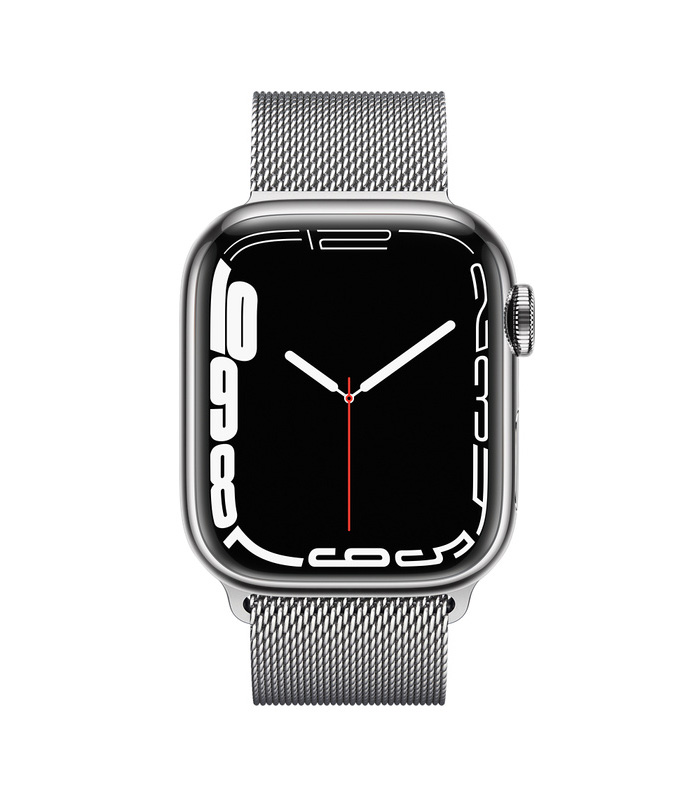

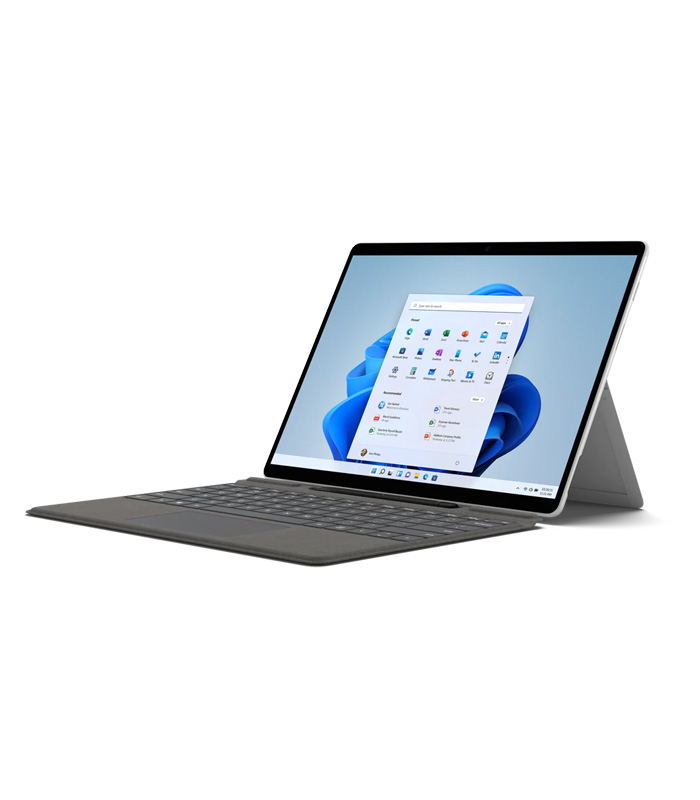



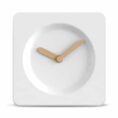

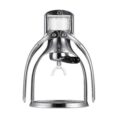
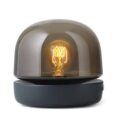









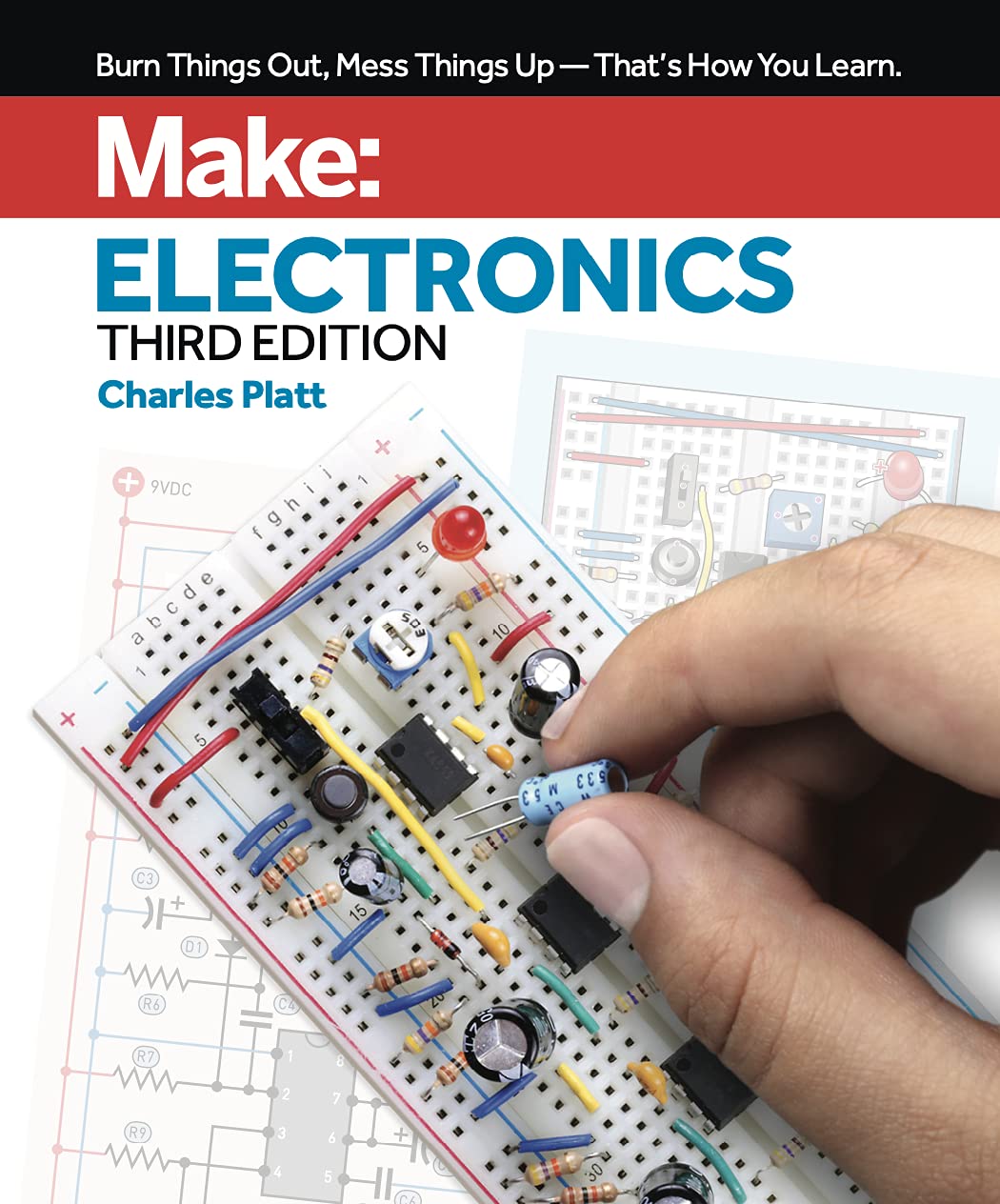
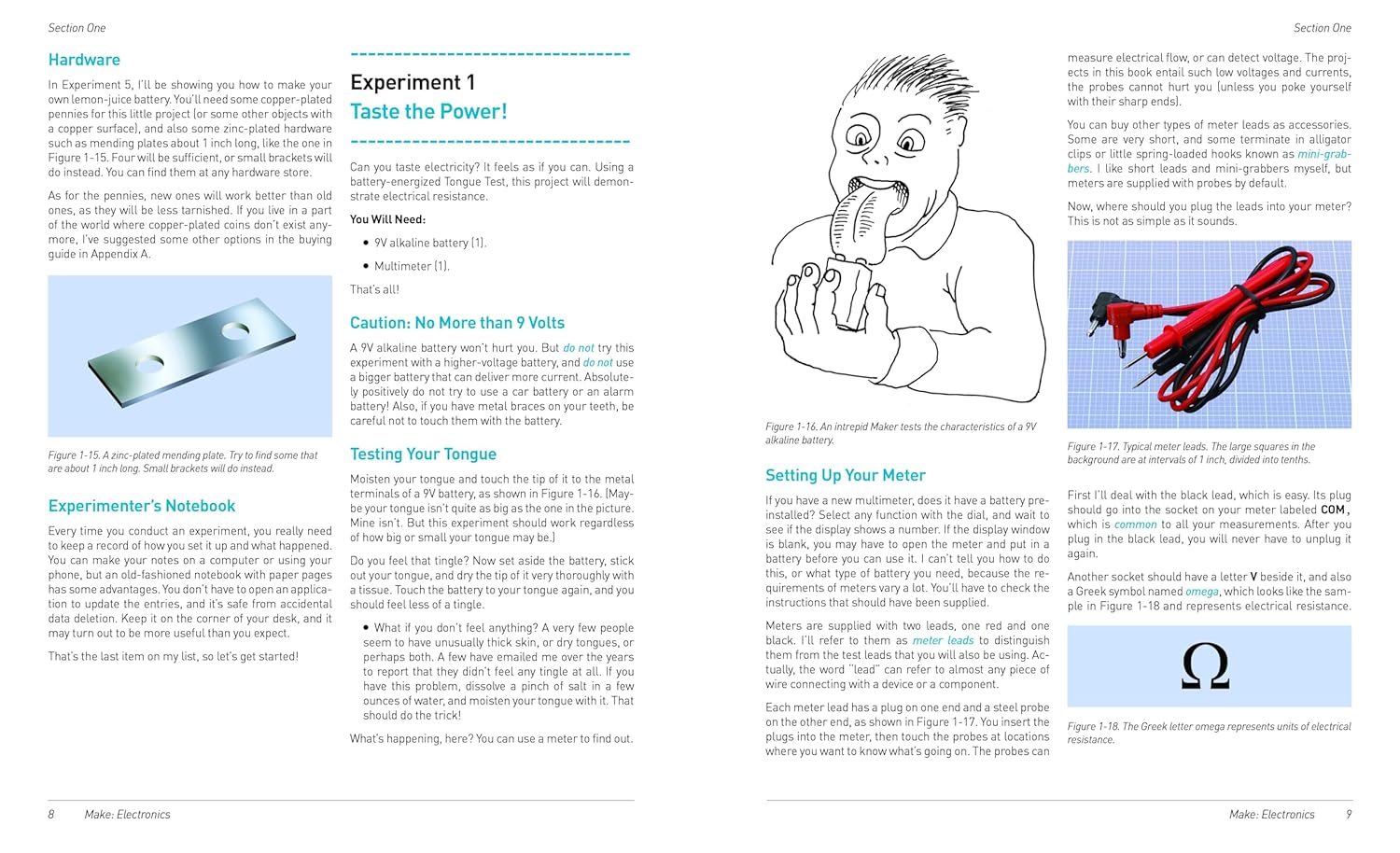
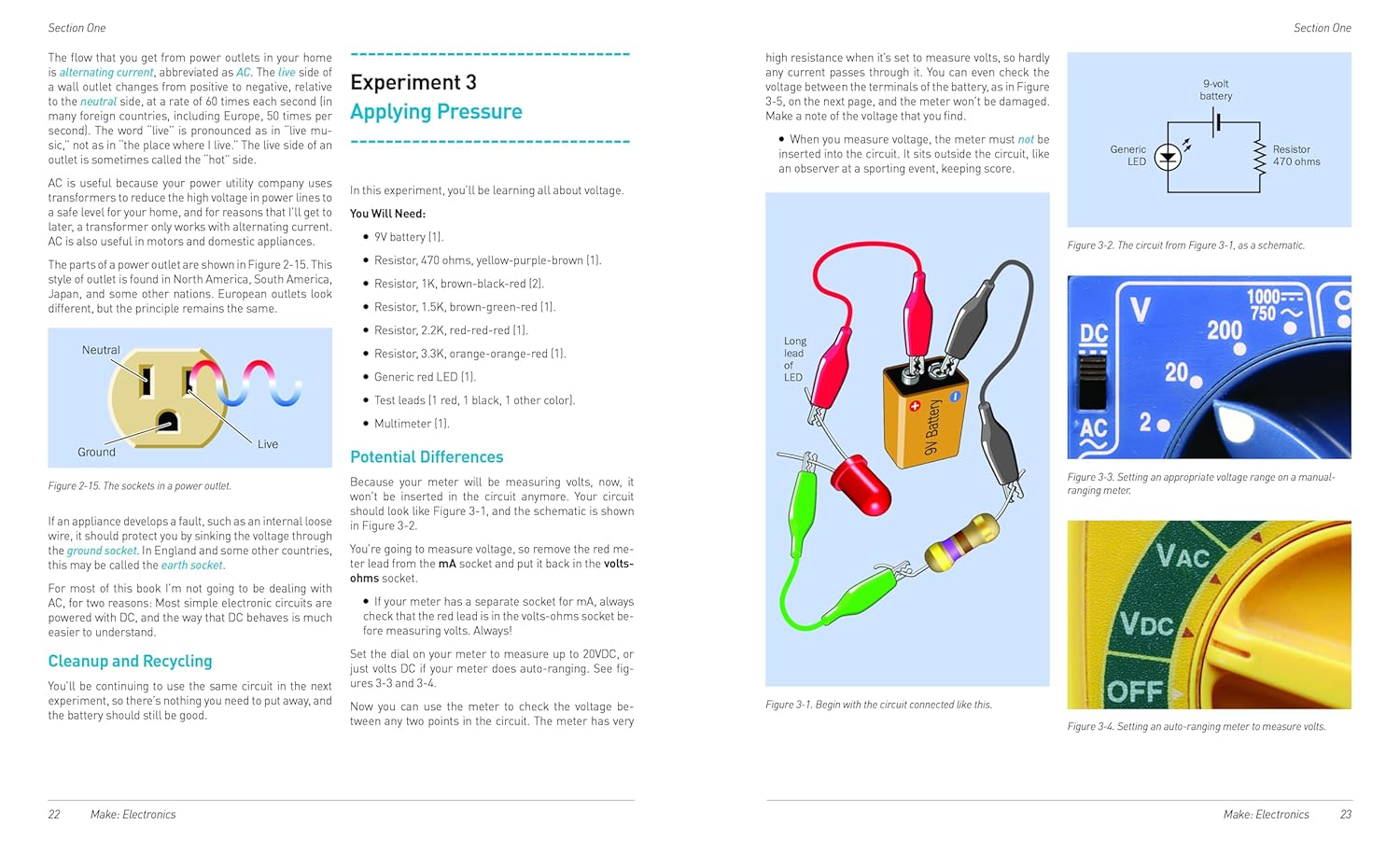
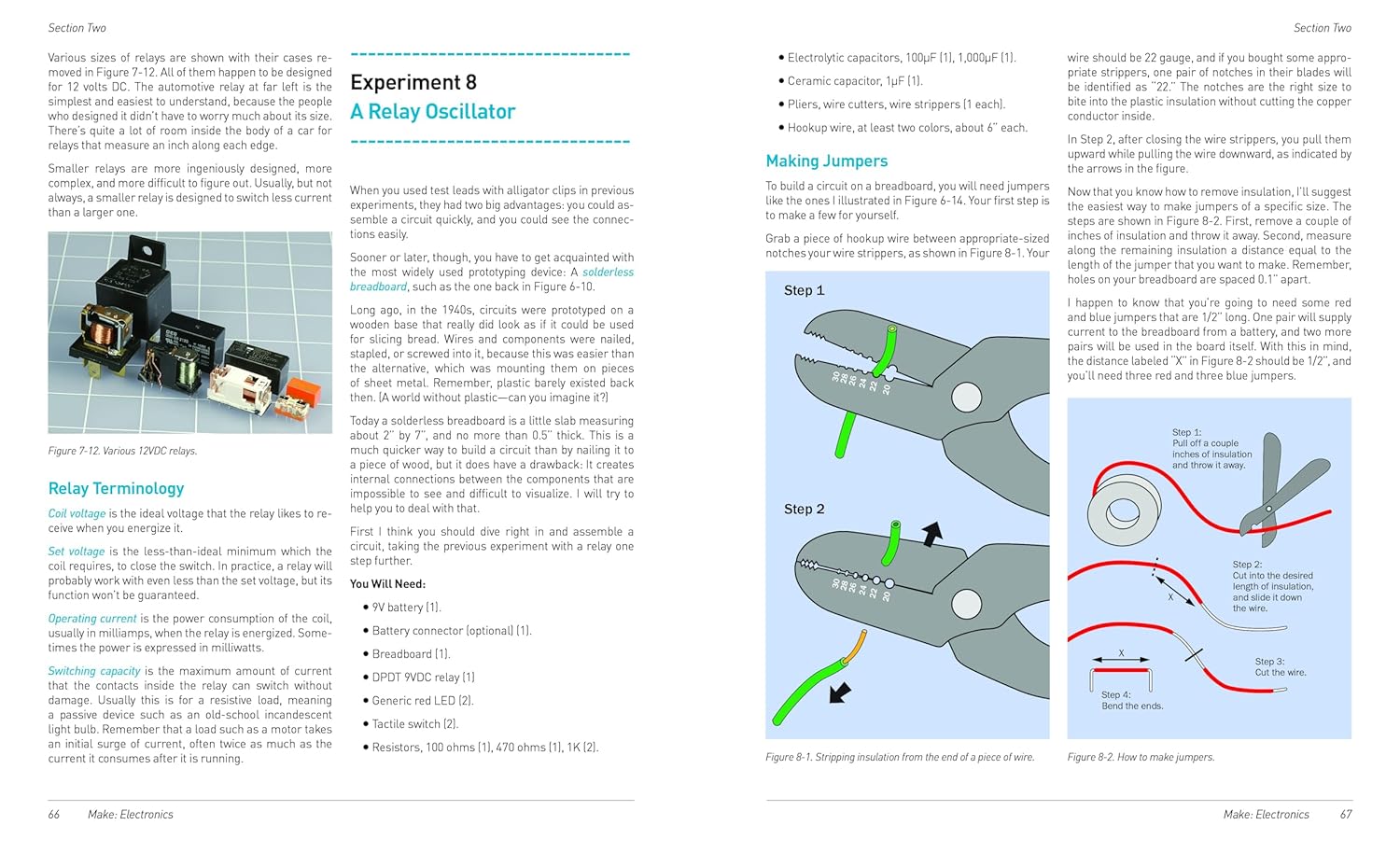
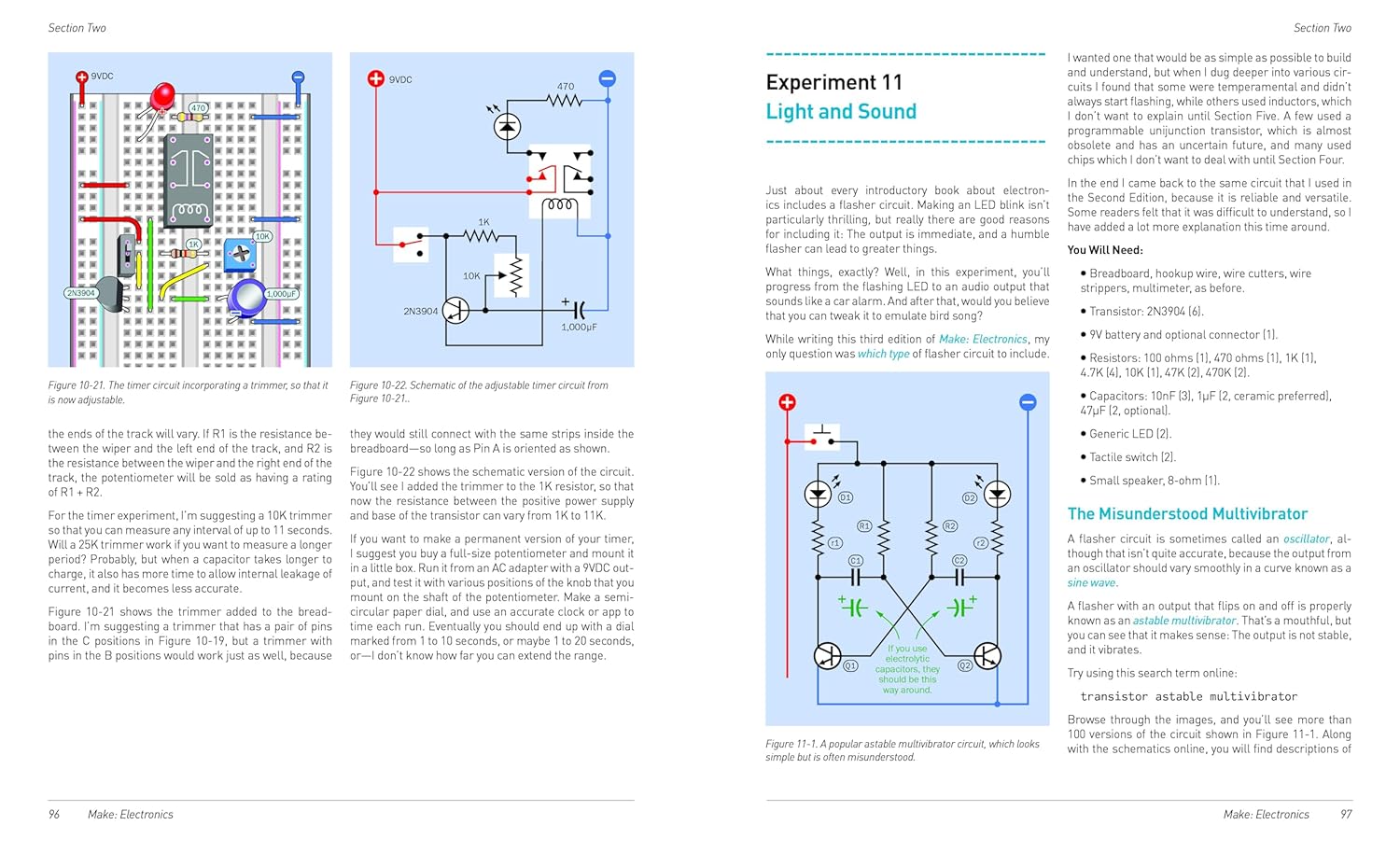
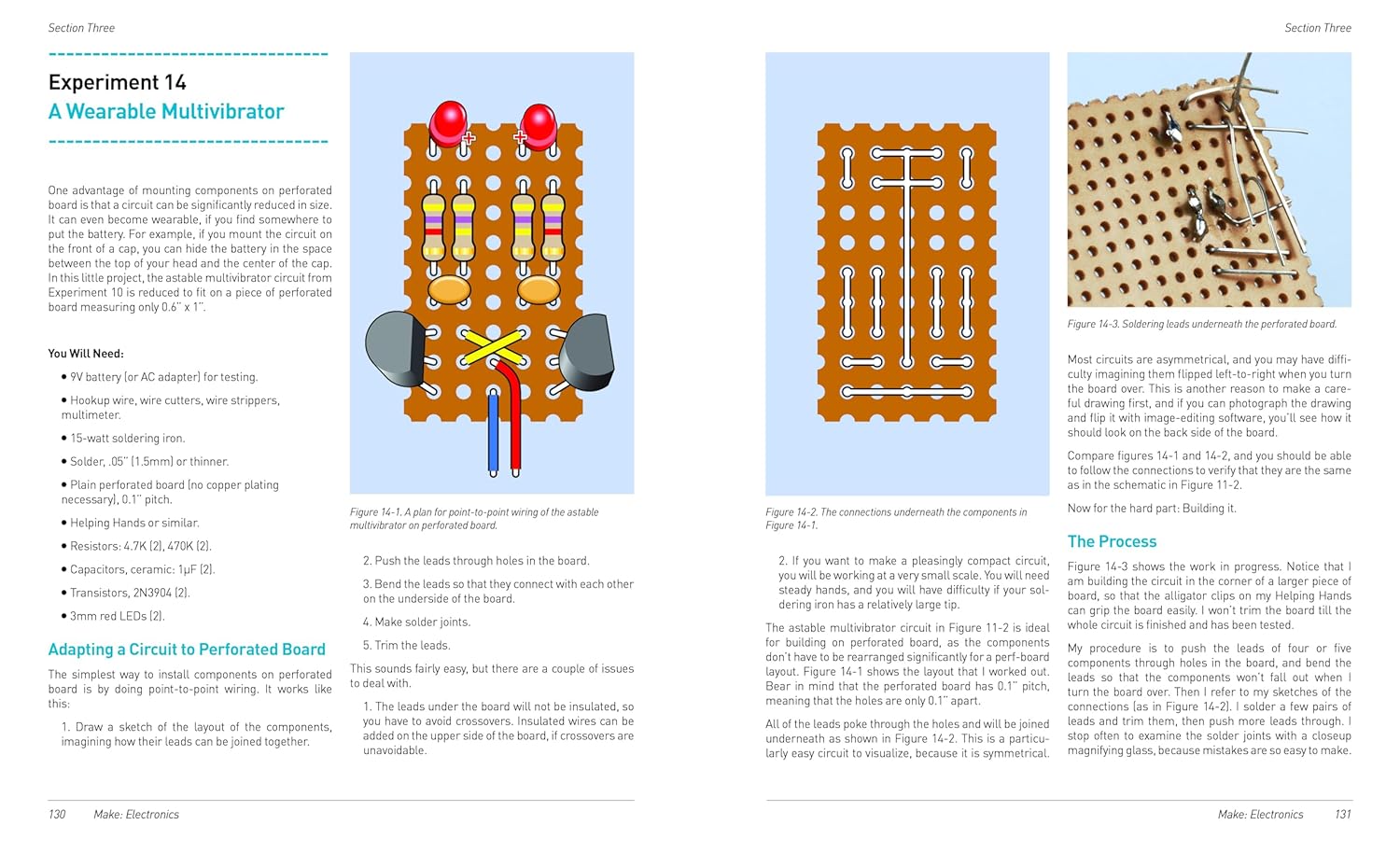
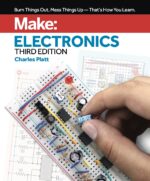






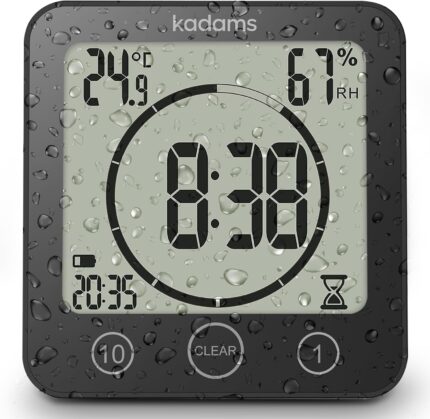





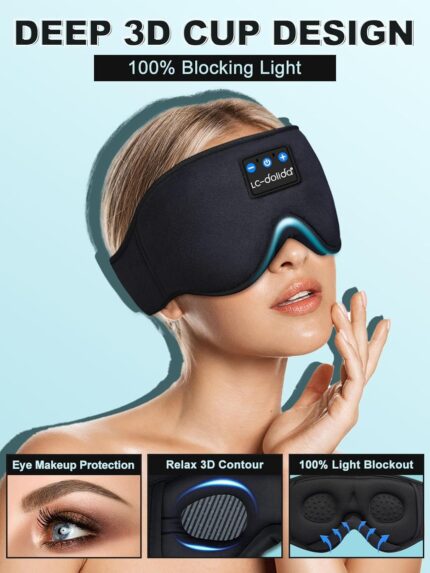
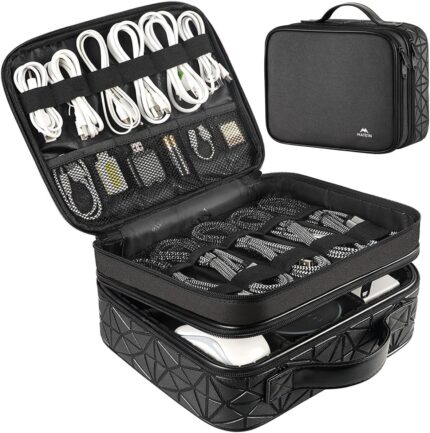
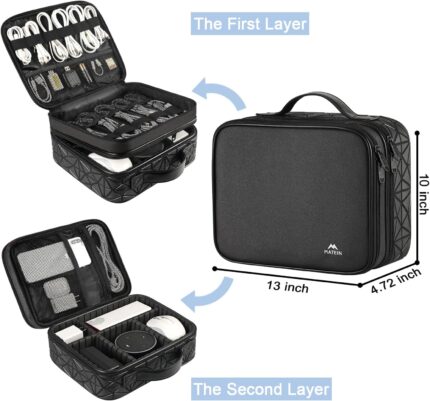







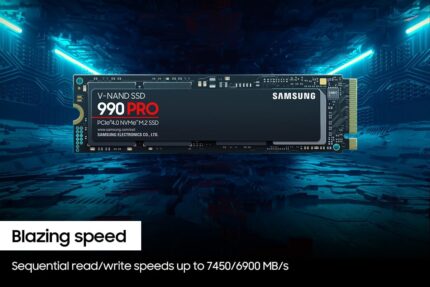
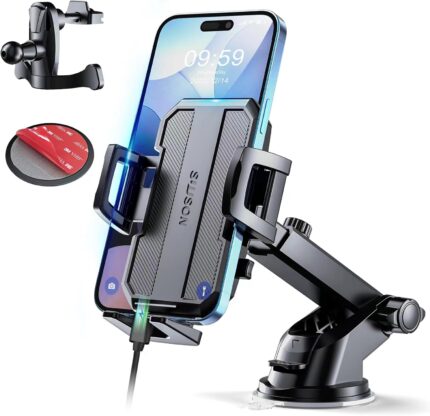
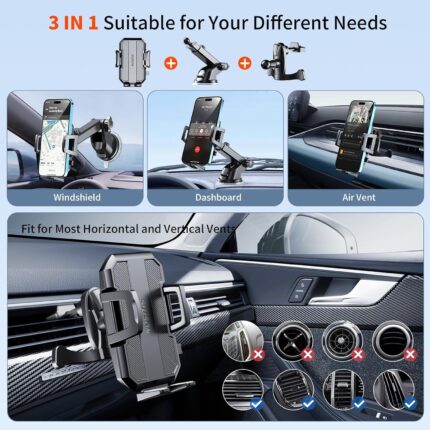

Amazon Customer –
Excellent instruction
Well written, well taught lessons are clear, understandable and establish a good foundation of the principles of the topics of each section. Charles Platt is an amazing teacher. He is also available to answer questions. Great buy.
Gary Whitney –
The book delivered the ability to learn electronics without complications and unnecessary expenses.
When I learned electronics in school 50 years ago. It was a lot of math and theory. This book made it fun. I was able to follow along on a breadboard until the digital logic circuits. Then, I wasn’t willing to buy another kit to get those chips. The subject was explained clearly, and I didn’t feel the need to build the circuits.The introduction to microcontrollers and programming languages was a good way to end the book.
Mayhem –
Outstanding Clarity, Illustrations & Teaching By Charles Platt – This is the Starting Book you want!
For many years I have been interested in learning electronics, and I have purchased what feels like over a dozen different books, kits or online courses. The material in nearly all of them were written by engineers and it felt like for engineers. Just could not get into them. Additionally, many of the other kits and courses force your to learn Arduios, which I am not against at a future date, but for right now, I want to understand the basics of schematics and working with breadboards. I want to learn the components, what they do and how to plan to use them. I want instruction using a basic multi-meter. Happy to learn about Arduino’s later. Just not what I am still wrapping my mind around the basics.Determined, I decided to just start buying all of the beginner books out there until I found an instructor whose style resonated with me. THIS IS THE BOOK! Just WOW! Such clarity and simplicity to understand. Charles Platt clearly understands how to take a complex subject matter and make it palpable for a beginner like me. That is also not to say his understanding is surface level, he has a very DEEP understanding of electronics and has many additional books on the subject.Suffice it to say, I study his book EVERY MORNING now and am LOVING it. There are some things I need to re-read, but I definitely am having much more success with Make:Electronics 3rd Edition. (Always get the latest editions!)Also, there is an electronics component kit that comes with this book. I highly, HIGHLY recommend getting this kit as well, so you can physically create the breadboards and learn hands on as you go. You will be at a huge learning disadvantage if you do not do these experiments.Thank you Charles Platt! As a teacher myself, I appreciate the effort you have taken to make this difficult subject matter so accessible- I appreciate you!
Eli Clark –
Great beginners book BUT…
This has been a great way to get into electronics for me. I have pretty close to 0 background and so I wanted to start from the absolute beginning, and this book has been excellent for that. BUT, a word of caution. I will say that if you want to follow along exactly with this book, you should get the book first, and then buy one of the two kits from different companies that has the specific parts the author is talking about. They are listed in the back of the book. I purchased a kit before this book that has probably 70% of the parts he uses, but some resistors are rated slightly differently than what he uses for instance, and if you truly are starting from the beginning like I was, then all of the sudden I’m trying not only to learn what the author is saying, but also worrying about whether or not something will work because I have the wrong part or if it’s because I did something wrong. That being said, at the end of the book there is an appendix so you can buy individual parts which is what I’m looking at, but in hindsight, even though the kits aren’t cheap, it would have been so much easier and probably not much more expensive to just buy the kits pre-made. So, in summation, I recommend the book, but I wish I would have also bought the kit the author recommends. If you don’t have that kit, you won’t be able to dive right in and it’ll take some extra research and extra time to get the parts to really get into the book and follow along exactly.
Ryan –
Excellent and entertaining explanations, beautiful illustrations
I’m a couple of chapters into this book and I’m thoroughly enjoying it. Charles Platt has not written a run-of-the-mill, cookie-cutter For Dummies type of a book, but stands on his own as a unique author, joining you as a mentor and giving you insider tips on how to buy the inexpensive parts that you need. He teaches you the science behind the electronics, teaching you terms such as amperage, voltage, resistance, capacitance, etc. in a fun way with analogies, such as a water pump. The book is very well organized. It’s a terrific book for anyone who is curious about electronics and wants to have some hands-on fun.There’s enough content in this 300 page book to satisfy someone’s curiosity for months or even years. And if you finish this book, he has a few sequel books to continue the journey.There’s a 20 page section on soldering that has helped me to improve my technique.I would say that this book is for middle school, high school students at the youngest.
Amazon Customer –
easy to understand for a beginner
pretty easy to follow if you have some basic understanding of electronics or even if you dont and want to gain a better idea.
Maximzodal –
Great resource for learning electronics
If you’re trying to learn electronics on your own, you can really use this.
Dale Ianni –
If you want to learn electronics and Learn by doing this is the book for you
Mr Platt does a wonderful job of explaining a complex topic and through the exercises takes the concepts and clearly helps them come to life so you learn from doing.
J Manoel –
Bem sequenciado, bem diagramado, fácil de entender.
A.A –
Iâm a newer hobbyist and I love this book and the others this author has made. I even had issues with one of the circuits and I contacted the author as he suggested you do in the book and he replied right away and realized I had made an error in how I interpreted the purpose of the circuit. (Oops). This book is amazing though. I have built and rebuilt all the circuits they do work I can confirm 100%. You just need patience and practice and a willingness to learn. I absolutely recommend this book. This book and electronics for dummies have been my two books that I have alway sitting on my desk and often go back to and reread as they both are full of great knowledge and circuits to build.
James –
I recently delved into the fascinating realm of electronics, and it all began with “Make: Electronics.” This isn’t just a book; it’s an insightful guide that unveils the inner workings of circuit design.Empowering Knowledge:As I flipped through its pages, I found a wealth of knowledge about resistors, capacitors, transistors, and more â the very building blocks of electronics. “Make: Electronics” helped me understand the intricate dance of these components in creating the devices we use every day. It’s not just theory; it’s a gateway to a deeper understanding.Learning Experience:My journey with this book was enlightening. It simplifies complex concepts, making them accessible to both newcomers and those with some prior knowledge. What truly sets it apart is the hands-on approach. Through practical experiments and projects, I didn’t just read about electronics; I experienced it. It’s an educational adventure that’s as enjoyable as it is informative.Tools and Supplies:”Make: Electronics” doesn’t stop at theory; it offers valuable guidance on the tools and supplies you’ll need for your own electronics explorations. It’s like having a trusted mentor by your side, ensuring you’re well-equipped for your DIY endeavors.Inspiration and Creativity:One of the most inspiring aspects of this book is its encouragement of creativity. It sparks your imagination and challenges you to apply what you’ve learned. The inclusion of component kits tailored for the third edition is a brilliant touch, allowing you to put your newfound skills to practical use.In conclusion, “Make: Electronics” is more than just a book; it’s a window into the world of electronics. Whether you’re taking your first steps or you’re already an enthusiast, this book offers invaluable knowledge and hands-on experience that will deepen your appreciation for electronics. My journey with this book has been immensely rewarding, and I wholeheartedly recommend it to anyone curious about the inner workings of technology. It’s an invitation to explore, learn, and create in the realm of electronics.
Mira Hedl –
Simple, but fun.Covers concepts.Guy understands what he speaks about as well as what a beginner needs to hear.I wish I got my hand on it when I was 15yo.
JOAN S. DURAN –
Es un buen libro para iniciarse en la electrónica. Sirve para conocer la teorÃa y funcionamiento de una manera práctica. Da una buena base para más tarde ampliar conocimentos por otras fuentes. La única pega es que alguno de los componentes que utiliza, al ser del mercado americano, son difÃcules de encontrar aquÃ